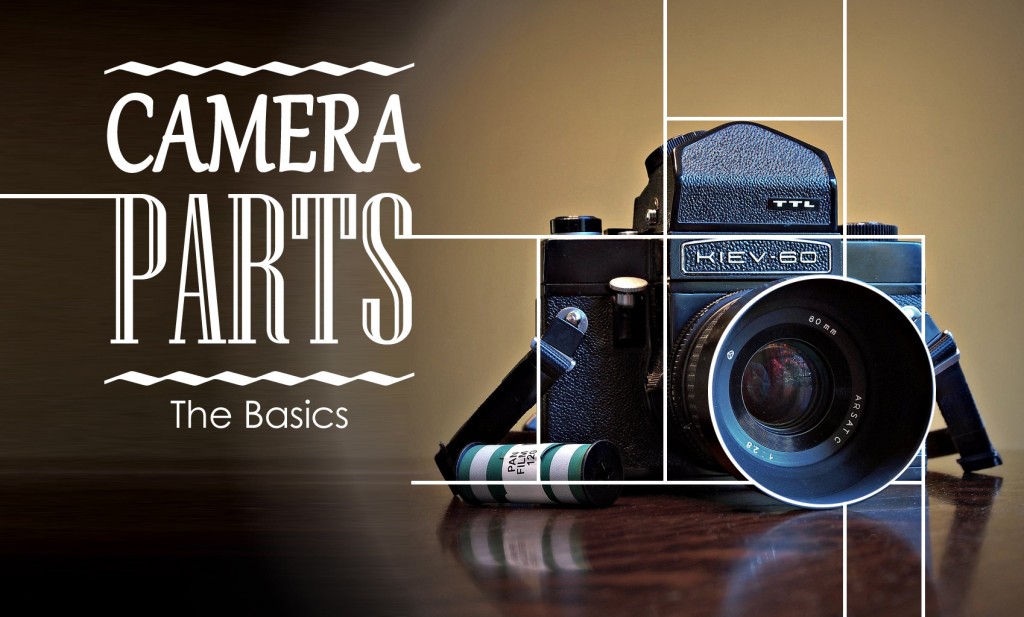Camera Parts

When I first was learning photography, I just wanted to go out and start taking pictures. I didn’t want to read my camera manual and learn the boring and technical stuff of photography. However, it’s impossible to learn photography, even the most basic aspects of it without knowing at least some essential vocabulary.
If you were in a formal course with me, I would give you more details on camera parts and review what camera you have. But this is a general course and I’ll try to make things even simpler. So I’ll just mention very few parts of your camera.
Shutter release button
The button you press to take a picture is called the shutter release button. It is usually found on top of every camera. If you can’t find it, you will not be able to take pictures. If you can take a picture, you already know where it is.
![]()
The lens
The lens is usually where light goes through to take a picture. There are many types of lenses, I‘ll talk in a very general way about lenses later. A common shape is a cylinder attached on a DSLR or MILC camera and you can exchange them. Bridge cameras have a lens built-in. These are some examples of lenses.
The body
The body is the camera without the lens and any other attachment.
![]()
Image sensor
The image sensor captures your photo and sends it to your memory card. You normally don’t see and touch the image sensor. It is inside your camera. The image sensor is a major player determining the quality of your pictures. DSLR cameras and MILC cameras (some of them) have the largest image sensors.
IMAGE sensor images?
![]()
Viewfinder
The viewfinder is mainly found on a DLSR camera, but other cameras also have a similar option either as an electronic viewfinder or a direct viewfinder (without the mirror). The viewfinder is the small window where you approach your eye to see through and take a picture. As I mentioned before, a DSLR has the peculiarity that the optical or “analog” viewfinder has a mirror.
![]()
LCD screen
It is the screen on the back of most cameras. The LCD screen has replaced the viewfinder in most cameras. In a DSLR camera, however, the LCD screen is mostly used for viewing photos after shooting and using the menu.
![]()
Flash
The flash is commonly found in many cameras, even smartphones. A flash is a powerful light that turns on for the moment the picture is taken. DSLR cameras don’t always have a built-in flash. It is usually bought separately. Why? Because an external flash can be replaced with different types of flash models. You can also place more than one flash and even place it in several different places. This gives a lot more flexibility and adaptability.
![]()
Memory card
This is not part of your camera, but it is an essential accessory. It is the place you store your pictures. From here you can move them to your computer, social media, etc. There are different types and sizes.
![]()
Battery
It comes in different sizes and it is what allows your camera turn on. Without batteries, you camera won’t work at all. It is good to have more than one as a backup and for emergencies. Most camera batteries are rechargeable. They come with a charger that you plug into any conventional electric outlet found on the walls of you house.
◄ PREVIOUS | HOME | NEXT ►
Latest posts by Jesús Rosas (see all)
- Composition - April 1, 2015
- Exposure: ISO – What Is ISO in Photography? - December 26, 2014
- Exposure: Shutter Speed - December 26, 2014